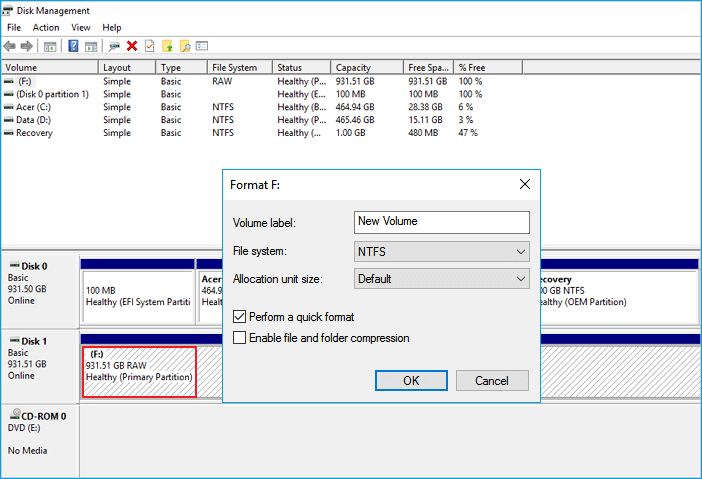
- REFORMAT SEAGATE DRIVE FOR MAC MAC OS X
- REFORMAT SEAGATE DRIVE FOR MAC INSTALL
- REFORMAT SEAGATE DRIVE FOR MAC PASSWORD
- REFORMAT SEAGATE DRIVE FOR MAC MAC
In some cases, you don’t even need to eject it improperly for this to happen – it just happens from one usage to the next. If you see this at the very bottom under Sharing & Permissions, then you have a problem. If you’re having trouble copying a file to your external hard drive, right click on it in your Finder and select Get Info. Instead, you’ll now have a read-only external hard drive that won’t allow you to do backups. Usually, you just get a quick warning message and things return to normal.īut sometimes, something worse will happen.

But sometimes, things happen that can really turn that ease of use into “What do I do with this?” One of those things is when you unplug a USB storage device without ejecting it properly.
REFORMAT SEAGATE DRIVE FOR MAC MAC
Mac computers are easy to use, for the most part. APM is an older, Mac-only partition scheme.Need help with your computer? At Boxaid remote computer repair we can help you with Windows or Mac problems such as slow performance or virus removal service at an affordable price. You’ll also be asked to choose between a partition scheme: GUID Partition Map, Master Boot Record, or Apple Partition Map. RELATED: What's the Difference Between GPT and MBR When Partitioning a Drive?
REFORMAT SEAGATE DRIVE FOR MAC INSTALL
It’s not natively supported on many Linux distributions, but you can install exFAT support on Linux.įor external drives, it almost always makes sense to format in ExFAT, unless you’re using the drive for Time Machine. ExFAT is the ideal cross-platform file system. You should use this file system if you may share the drive with Windows PCs and other devices like the PlayStation 4 and Xbox One consoles.
REFORMAT SEAGATE DRIVE FOR MAC PASSWORD
You’ll have to enter a password, and you’ll need to provide that password whenever you connect your drive to your Mac.
REFORMAT SEAGATE DRIVE FOR MAC MAC OS X
By default, Mac OS X doesn’t use a case-sensitive file system.

You’ll need to choose between several file systems:

You’ll be asked to provide a name for the disk, which will appear and identify the disk when you connect it to a Mac, PC, or another device.

Select the drive by clicking its name.Ĭlick the “Erase” button after selecting the entire drive to erase the entire drive and create a single partition on it. Your connected drives will appear under “External” in the Disk Utility’s sidebar. You can also open a Finder window, select “Applications” in the sidebar, and head to Utilities > Disk Utility.


 0 kommentar(er)
0 kommentar(er)
